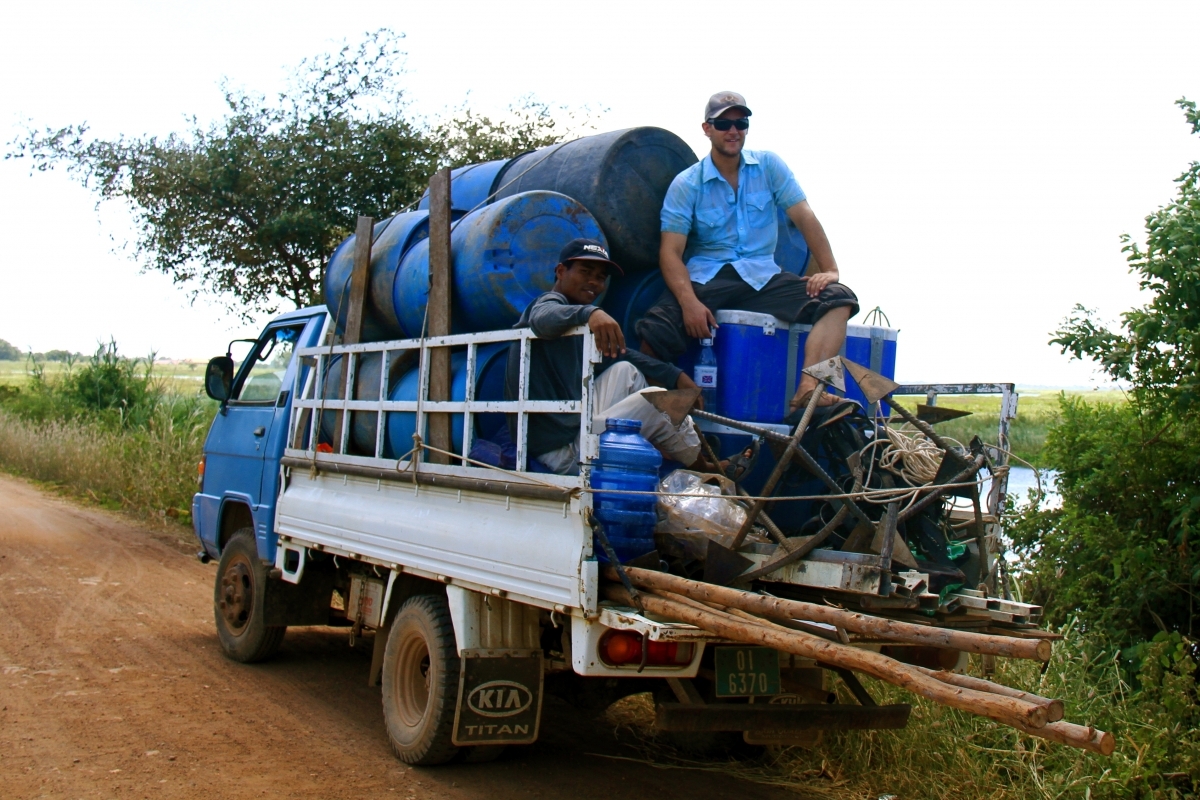Arsenic in Sediment Profiles in Cambodia
Presently more than 100 million people in Asia are consuming groundwater with arsenic concentrations exceeding standards recommended by the World Health Organization. Arsenic originating from Himalayan sediment transported down the major rivers of Asia and deposited within low-lying basins and deltas contaminates underlying aquifers. However, the processes governing aqueous concentrations in groundwater remain unresolved, limiting our ability to predict arsenic concentrations in space (between wells) and time (future concentrations) and to assess the impact of human activities on the arsenic problem. This project seeks to determine the processes governing groundwater arsenic levels in order to better predict shifts in arsenic levels due to land use changes.
Long-term exposure to high levels of arsenic has resulted in arsenicosis and terminal cancers. However, because surface water sources are often intermittent and/or contaminated with pathogens, many people continue to drink well water, forced to choose arsenic poisoning over water scarcity and surface water-borne (pathogen) diseases.
Our fieldwork is focused in the Mekong Delta, Cambodia where we maintain a long-term well monitoring program to determine changes in chemical parameters as well as gather hydraulic information (heads) from the wells to establish groundwater flow conditions. We analyze soils and sediments from different land use types to determine where within the sediment profile arsenic is being released, with a focus on how current and impending land use change (irrigation, development, river alterations, climate change) will affect the distribution of arsenic in the aquifer.
See Fendorf Soil and Environmental Biochemistry Research Group Website for more information.




